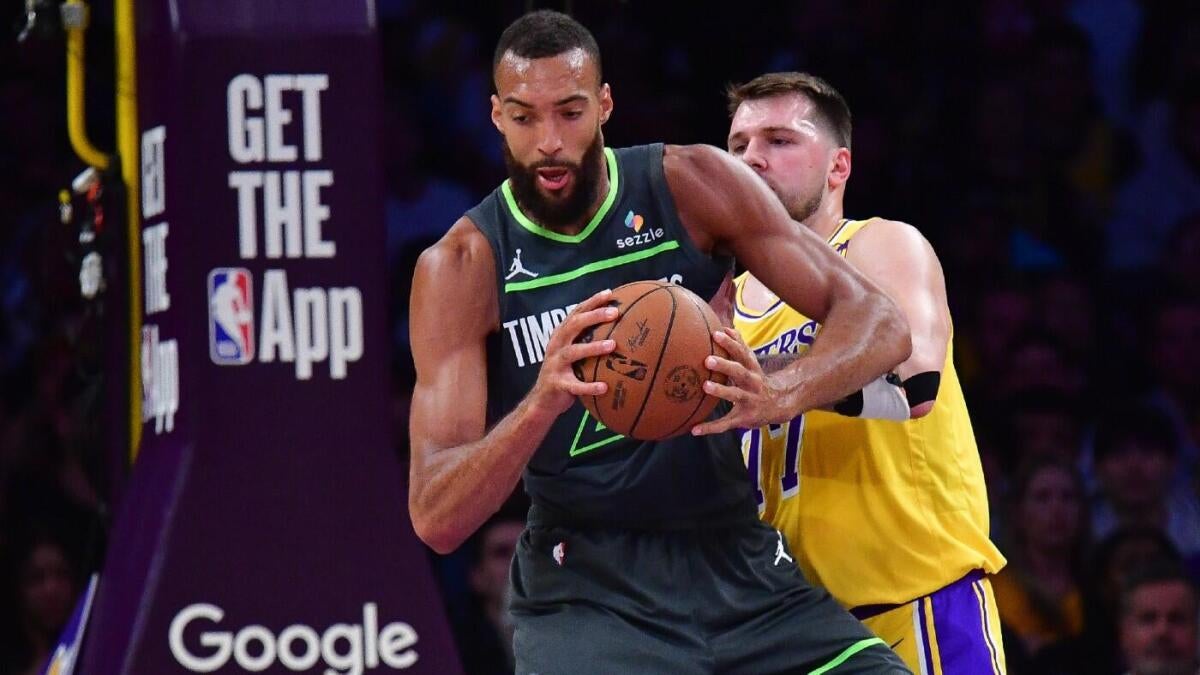“`markdown
The Minnesota Timberwolves’ dismantling of the Los Angeles Lakers in the first round of the playoffs wasn’t just a victory—it was a statement. A 4-1 series win, punctuated by tactical brilliance and individual heroics, signaled a changing of the guard in the Western Conference. While the Lakers’ star power flickered inconsistently, the Timberwolves’ cohesion and adaptability shone brightly. Here’s how Minnesota outmaneuvered one of the NBA’s most storied franchises and what it means for both teams moving forward.
—
Introduction: A Series That Redefined Expectations
Few predicted the Timberwolves’ dominance over the Lakers, a team boasting LeBron James and Luka Dončić. Yet, Minnesota’s blend of defensive discipline, offensive firepower, and bench depth exposed systemic flaws in Los Angeles’ approach. This wasn’t just a playoff series; it was a blueprint for how modern basketball teams can topple giants.
—
The Timberwolves’ Winning Formula
1. Rudy Gobert: The Unstoppable Anchor
Gobert’s impact transcended statistics, though his 27-point, 24-rebound Game 5 was legendary. His ability to switch onto perimeter players while protecting the rim disrupted the Lakers’ pick-and-roll schemes. Offensively, his screens and rim-running created open looks for shooters. The Lakers had no answer for his two-way dominance.
2. Anthony Edwards: The Playoff Supernova
Edwards announced himself as a bona fide superstar. His 31.6 PPG average included a 43-point explosion in Game 1 and clutch buckets in Game 3. Defensively, he hounded Dončić and James, proving he could excel against elite competition. His fearlessness mirrored a young Kobe Bryant—a comparison that’s no longer hyperbolic.
3. Bench Mob: The Silent Assassins
Minnesota’s reserves outscored the Lakers’ bench by 30 points in Game 1 alone. Naz Reid’s stretch-five shooting and Nickeil Alexander-Walker’s perimeter defense were pivotal. This depth allowed the starters to rest without losing momentum—a luxury the Lakers lacked.
—
The Lakers’ Unraveling
1. Star Power Fizzles
LeBron’s 38-point Game 3 was vintage, but Dončić’s illness and inconsistent shooting (39% FG in the series) left the offense disjointed. The duo’s lack of chemistry in clutch moments was glaring, with neither able to impose their will consistently.
2. Defensive Breakdowns
The Lakers ranked 23rd in defensive rating during the series. Their switch-heavy scheme was exploited by Gobert’s rolls and Edwards’ isolations. Game 2’s first-quarter collapse—a 20-point deficit—set the tone for their defensive struggles.
3. Strategic Stagnation
Coach Darvin Ham’s insistence on small-ball lineups backfired. Minnesota punished them with offensive rebounds (15.2 per game) and second-chance points. The Lakers’ failure to adjust—like refusing to double-team Edwards—sealed their fate.
—
The Aftermath: What’s Next?
For the Timberwolves: Contenders Arrive
Minnesota proved they’re no longer a “future” team. With Edwards ascending, Gobert revitalized, and role players thriving, they’re built for sustained success. Their next test: maintaining this level against deeper Western foes like Denver or Phoenix.
For the Lakers: Hard Questions Loom
Aging stars, a shallow roster, and coaching uncertainties cloud their future. LeBron’s impending free agency and Dončić’s fit demand tough decisions. Do they retool around youth or chase another superstar? This loss may accelerate a rebuild.
—
Conclusion: A Changing Landscape
The Timberwolves didn’t just beat the Lakers—they exposed them. Minnesota’s blend of youth, depth, and tactical flexibility is the new NBA ideal, while the Lakers’ reliance on individual brilliance feels increasingly outdated. As the Timberwolves ascend, the Lakers face an existential crossroads. One thing’s certain: the West just got a lot more interesting.
“`











